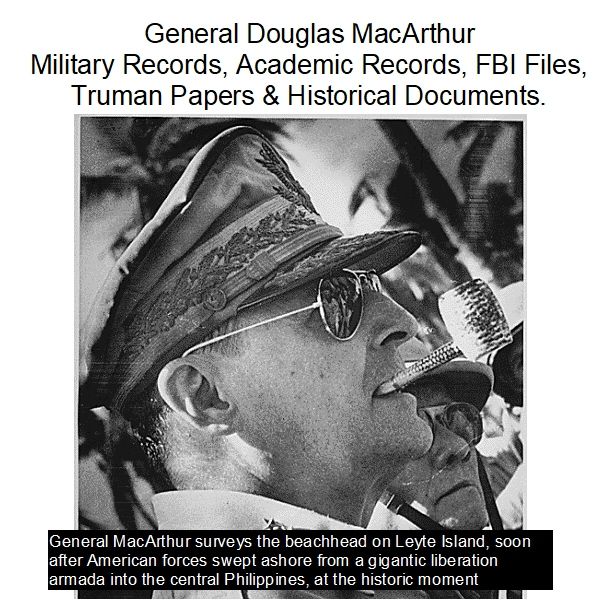
Douglas MacArthur: Military Documents, FBI Files & Truman Papers
$19.50
Description
Douglas MacArthur: Life, Wars, and Command
1880:
- Douglas MacArthur is born in Arkansas, son of Army Captain Arthur MacArthur.
1903:
- Graduates from the U.S. Military Academy at West Point.
- Over the next decade and a half, assigned to Army posts in the U.S., the Philippines, and Panama.
Pre-1917:
- Serves at the War Department.
- Participates in the occupation of Vera Cruz, Mexico.
World War I (1914-1918):
- Sees combat in France, commanding the 42nd (“Rainbow”) Division with the temporary rank of Brigadier General.
Post World War I:
- Named Superintendent of the Military Academy.
- Serves two tours of duty in the Philippines.
1930:
- Appointed Chief of Staff of the Army with the rank of General, remaining in this post until 1935.
1935:
- Returns to the Philippines, charged with creating a Filipino army.
1937:
- Retires from the U.S. Army.
- Appointed to the rank of Field Marshall in the Philippine Army.
July 1941:
- Recalled to U.S. service as commander of U.S. Army Forces in the Far East, initially with the rank of Lieutenant General, as the threat of war with Japan grows.
December 1941:
- Japan begins hostilities.
- MacArthur is responsible for U.S. and Philippine forces in their unsuccessful fight against the Japanese.
- Later receives the Medal of Honor for his efforts.
March 1942:
- At the order of President Franklin D. Roosevelt, General MacArthur is evacuated from the Philippines.
- Given command of Allied forces in the Southwest Pacific area.
- Directs the successful defense of southeastern New Guinea.
Late 1942:
- Begins the counteroffensive that ultimately sweeps the Japanese from the region.
October 1944:
- Returns to the Philippines with the invasion of Leyte.
Late 1944:
- Promoted to General of the Army.
- Subsequently oversees the liberation of the rest of the Philippines.
August 1945:
- Japan surrenders.
- General MacArthur presides over the formal surrender ceremonies.
- Begins a five-year period responsible for demilitarizing Japan and reforming its political and economic life.
Late June 1950:
- North Korea begins the Korean War.
- MacArthur oversees the United Nations’ forces.
- Achieves initial success against the North Koreans.
November 1950:
- A vigorous Chinese intervention occurs.
Spring 1951:
- The Chinese intervention is largely contained.
- General MacArthur’s outspoken views have made him unacceptable to the Truman Administration.
April 1951:
- Relieved of his commands and recalled to the United States.
- Receives a hero’s welcome in the U.S.
1951-1952:
- Abortive run for the Presidency.
Post 1952:
- Spends the rest of his life as an elder statesman for conservative and nationalist causes.
April 5, 1964:
- MacArthur dies.
Cast of Characters
General Douglas MacArthur (1880-1964): A highly decorated and influential American military leader who served in World War I, World War II, and the Korean War. He graduated from West Point, held positions such as Chief of Staff of the Army, commander of U.S. Army Forces in the Far East, and Supreme Commander of Southwest Pacific Area forces. He oversaw the occupation and reform of Japan after WWII and commanded UN forces during the Korean War. His career was marked by both significant military successes and controversies, particularly his public disagreements with President Truman, which led to his dismissal in 1951. He later pursued an unsuccessful bid for the presidency and became an elder statesman.
Arthur MacArthur: Father of Douglas MacArthur, identified as an Army Captain.
President Franklin D. Roosevelt: The U.S. President who ordered General MacArthur’s evacuation from the Philippines in March 1942 during World War II.
President Harry S. Truman: The U.S. President during the Korean War who had significant political-military disagreements with General MacArthur regarding strategy and policy. This culminated in Truman’s decision to relieve MacArthur of his command in April 1951, a major point of focus in the provided sources.
Major Brandon E. Pasko: Author of the 2019 thesis, “The Role of the Operational Artist: General MacArthur in the Korean War from June 1950 to April 1951,” which evaluates MacArthur’s command in the Korean War and his authority regarding policy and strategy.
Major Brett J. Cassidy: Author of the 2017 thesis, “General of the Army Douglas Macarthur: Considerations for Modern Joint Force Commanders,” which evaluates U.S. military joint doctrine through historical analysis of MacArthur’s leadership in the Southwest Pacific Area during WWII.
Michael D. Pearlman, Ph.D.: Author of the 2006 monograph, “Truman and MacArthur The Winding Road to Dismissal,” which explores the relationship leading to MacArthur’s relief from command.
Commander Judie A. Heineman, United States Navy: Author of the 2002 paper, “The Operational Leadership of General Douglas MacArthur in OPERATION CHROMITE,” which examines MacArthur’s traits demonstrated in planning the Inchon amphibious assault in Korea.
Col Lowell L. Snitchler, USAF: Author of the 1998 research report, “Douglas MacArthur Upon Reflection,” which analyzes MacArthur’s personality development and applies the diagnosis of narcissistic personality disorder to reconcile apparent behavioral inconsistencies.
Lieutenant Colonel Stephen A. Danner: Author of the 1993 paper, “The Truman-MacArthur Tug of War – A Lingering Aftermath,” which reviews the public disagreement between Truman and MacArthur and its aftermath.
Major William B. Martin, USAF: Author of the 1984 report, “An Analysis of the Military Strategy of Douglas MacArthur,” which provides an overview of MacArthur’s life and career, analyzing his WWII and Korean Conflict strategies.
Lieutenant Colonel Allen R. Potter: Author of the 1972 paper, “The Truman-MacArthur controversy, A Study in Political-Military Relations,” which focuses on the political-military relationship between the Truman Administration and MacArthur during the Korean War, specifically factors leading to his relief.
Related products
-
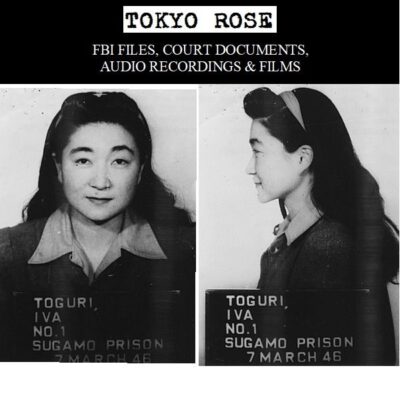
Tokyo Rose FBI Files, Court Documents, Audio Recordings & Films
$0.00 Add to Cart -

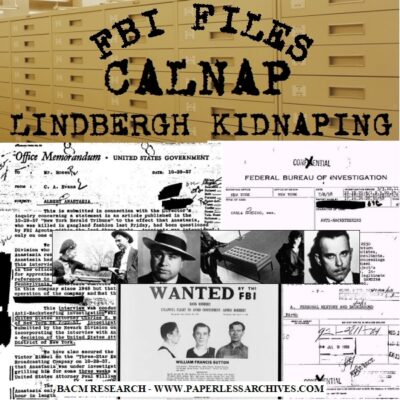
FBI Files: Charles Lindbergh Baby Kidnapping Case
$19.50 Add to Cart -
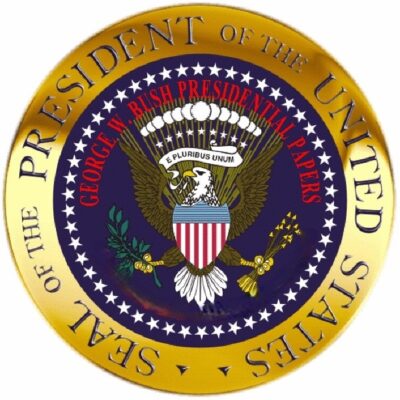
George W. Bush Presidential Papers – George W. Bush Administration Papers
$19.50 Add to Cart -
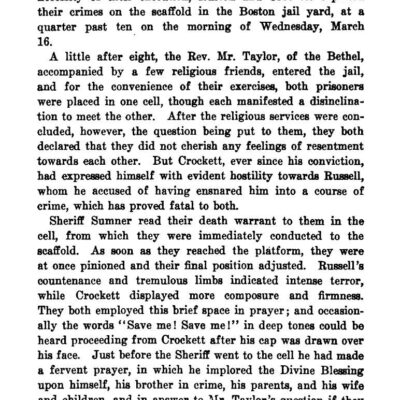

American Criminal Trials Reports (1659 to 1913)
$19.50 Add to Cart